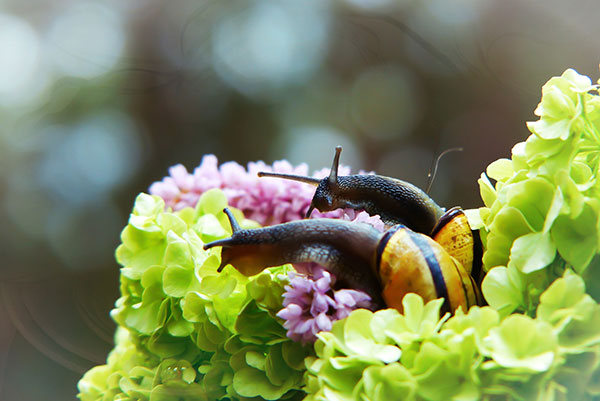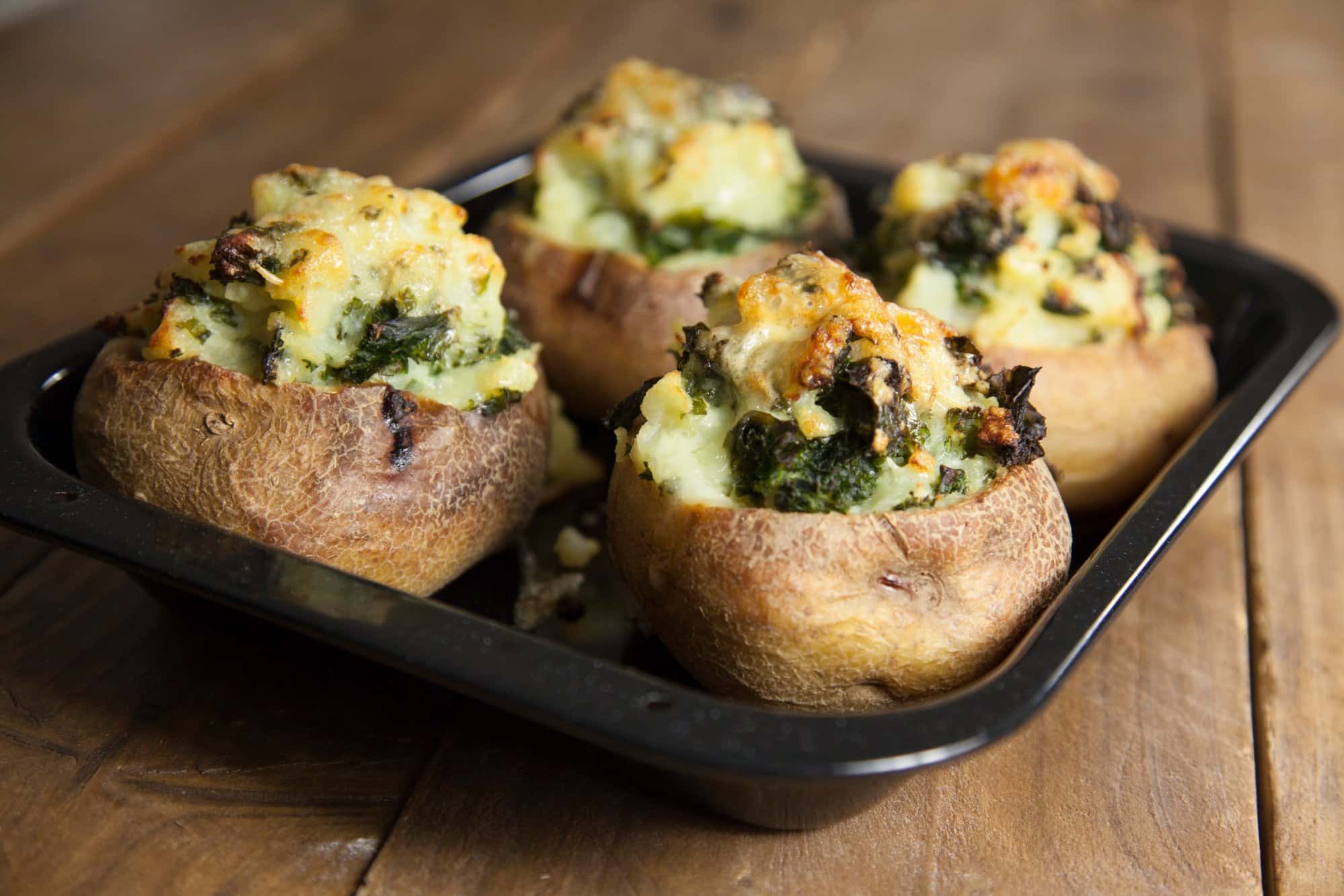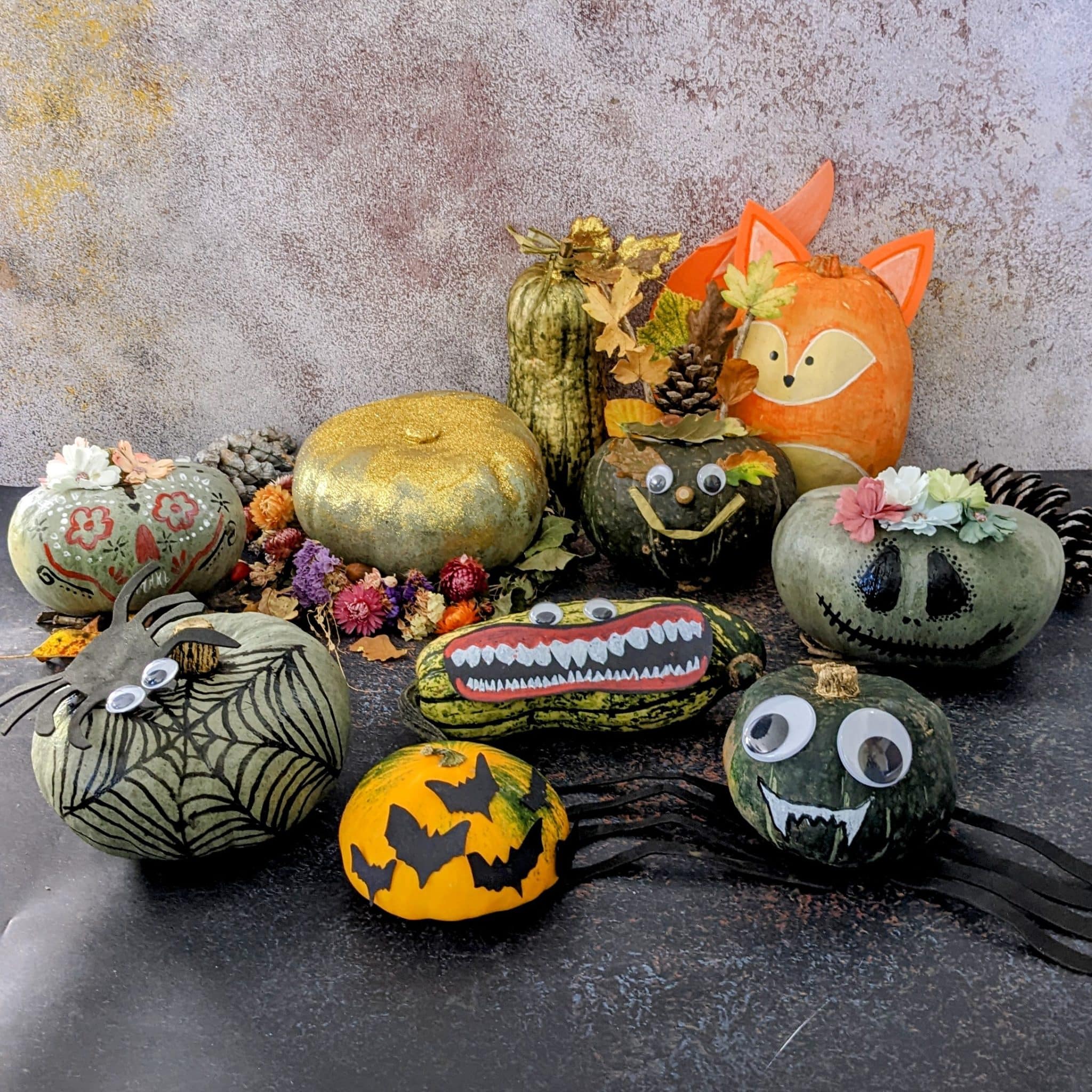Gardeners are by nature a nurturing sort. But if there is one thing that brings out the beast in all of us, it’s slug damage. Seeing a row of tender lettuce plants obliterated, or your heart’s delight of baby blue delphinium munched to the ground, gives rise to tears – and sworn revenge.
The organic soil, moist and rich in rotted material, is particularly good at attracting molluscs. So how can our organic methods deal with them? Yes, there are slug pellets produced for organic use. Instead of deadly toxic metaldehyde, they contain ferric sulphate, which causes the slug or snail to stop eating and eventually die.
But even these ‘organic’ pellets contain other chemicals, which act as ‘chelators’, and they will affect earthworms and other important soil life.

So here are some ways to confound the slug, without poisoning them and the soil life around them.
1. Protect your plants. Get creative with barriers such as slug collars or cloches made from plastic bottles. Grit and other rough surfaces can make it hard for the mollusc to slither. But you do need to keep checking or replacing daily – especially after wet or damp weather. Traps also work. Beer in the bottom of a semi-submerged yoghurt or hummus pot will lure a slug. Keep the rim of the pot slightly raised above soil level to prevent ground beetles falling in.
2. Don’t plant out young seedlings too early. Hold back to make sure they are sturdy and strong stemmed, and able to resist slug attack. Slugs, amazingly, have 27,000 teeth. And nothing, believe me, is more frustrating than seeing all the time and care you have lavished on your babies obliterated overnight by these over-endowed dental fiends.
3. Collect slugs and snails. Put down a flat slate on the soil near your plants and check underneath it every morning to remove the slugs and snails which have congregated in the dark and damp. Go hunting after dark. Pick them up (use tongs or gloves if squeamish) and dispose of them as you wish – ideally putting them in a suitable natural habitat away from any cultivated land. Thrushes and blackbirds will eat and feed their young on them.
4. Use the slug’s nemesis as a bio-control i.e. nematodes. These are tiny slug enemies – they are minute worms which will work their way into the slug or snail body and kill it from within. (There – you see – already the gentle gardener is planning grisly revenge!) Nematodes are expensive to buy, so make sure you follow the instructions re soil temperature, watering etc carefully.
And if you have to use slug pellets, use very sparingly. A small number is all that is needed, to protect the worms – and your own pacifist nature.
The Grow Your Own Wicked Leeks series is written by Garden Organic, the national charity for organic growing.
Each month we bring you timely advice on what to do in your organic patch. We hope they inspire you on your organic growing journey, whether you’re an experienced grower or just starting out. Share your own tips and gardening photos on social media under #GYOWickedLeeks.















Hello! Thank you for this. I am a terrible gardener.
How do you feel about copper for slug repelling? I have some mesh… I have no idea what I am doing! Ha!
Copper gives a natural electric charge that repels slugs. and snails. At Garden Organic we have found tape is useful around pots and legs of greenhouse staging, Impregnated mats may be used around plants or planted through. Good luck with all your gardening adventures!
I use slug traps – but with sugar instead of beer. Glass jars every 75cm or so buried nearly to the top – fill with water and stir in a teaspoon of sugar. Come back in 3 weeks and tip out 10s of dead slugs. Rinse and repeat. Be presistent and after 3 years you’ll have thinned them down enough to ensure most plants survive.
Newly-turned turf will contain zillions of slugs, did I read somewhere on average over 100 per square metre.
Just a reminder to beginner gardeners not to despair. Problem does ease up as organic plots gain balancing acts year by year – including healthy blackbird and thrush populations.